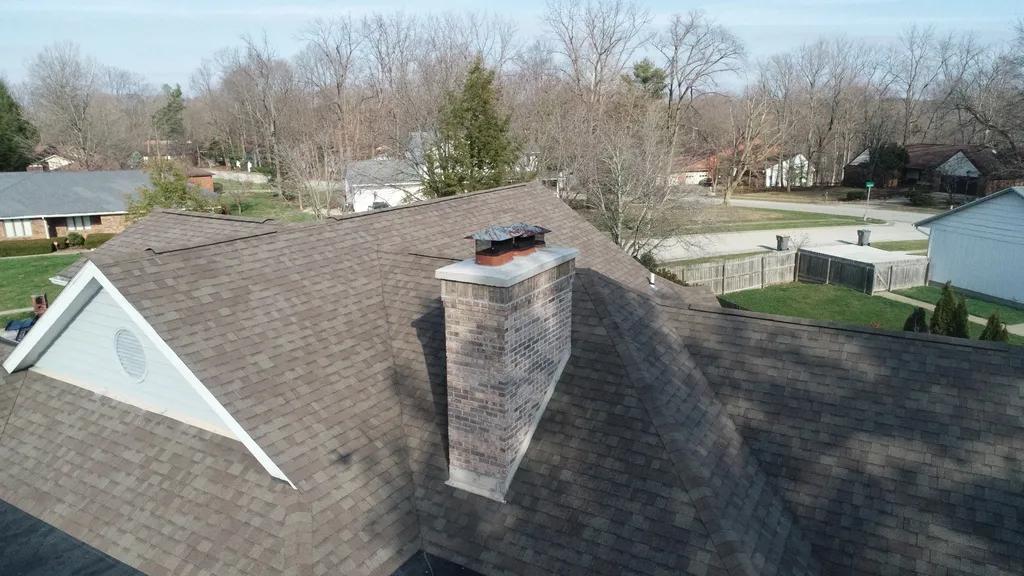Brick repair is an essential aspect of maintaining the integrity and aesthetics of a building. Whether you are a homeowner or a professional contractor, knowing how to properly repair and maintain brick structures is crucial. In this article, we will provide you with an essential guide to professional brick repair, including best practices, tools, and techniques to ensure your brickwork remains in top condition. Join us as we delve into the world of brick repair and discover the key principles for enhancing the longevity and beauty of your brick structures.
Table of Contents
- Introduction to Professional Brick Repair
- Identifying Common Brick Issues
- Tools and Materials Needed for Brick Repair
- Step-by-Step Guide to Proper Brick Repair Techniques
- Q&A
- To Wrap It Up

Introduction to Professional Brick Repair
Brick repair is an essential aspect of maintaining the structural integrity and appearance of a building. Whether it’s fixing cracks, replacing damaged bricks, or repointing mortar joints, proper brick repair requires a professional touch. In this guide, we will explore the fundamentals of professional brick repair and provide valuable tips to help you restore the beauty and strength of your brickwork.
Professional brick repair involves a combination of techniques and materials to ensure long-lasting results. Some key considerations include assessing the extent of damage, selecting the right tools and materials, and following best practices for repair. By understanding the principles of professional brick repair, you can effectively address issues such as water penetration, weathering, and structural instability. With the right approach, you can enhance the durability and aesthetics of your brickwork for years to come.

Identifying Common Brick Issues
When it comes to brick repair, it is essential to first identify the common issues that can affect the integrity and aesthetics of your bricks. One of the most common problems is cracking, which can be caused by various factors such as settling of the foundation or temperature changes. Another issue to watch out for is efflorescence, which is the white, powdery substance that appears on the surface of bricks as a result of water penetration.
In addition, spalling is another common brick issue where layers of the brick start to flake off, usually due to water damage or freeze-thaw cycles. Furthermore, discoloration can occur over time, whether from weathering, mold, or mineral deposits. By being able to identify these common brick issues, you can take the necessary steps to address them promptly and prevent further damage to your brick surfaces.

Tools and Materials Needed for Brick Repair
When it comes to tackling brick repair projects like a pro, having the right tools and materials on hand is essential. Whether you’re fixing a small crack or replacing a damaged brick, being prepared with the following items will ensure a successful repair job.
First and foremost, you’ll need **safety gear** such as **gloves, safety goggles, and a dust mask** to protect yourself from debris and harmful fumes. In addition, make sure you have **bricks** that match the color and style of the existing ones, as well as **mortar mix, a trowel, a chisel, a hammer, a level, and a stiff-bristled brush** for cleaning the area before and after the repair.
Step-by-Step Guide to Proper Brick Repair Techniques
When it comes to proper brick repair techniques, it is essential to follow a step-by-step guide to ensure professional results. Whether you are repairing cracked bricks, replacing damaged ones, or repointing mortar joints, it is important to approach the task with precision and care.
First, assess the extent of the damage to the bricks and mortar. Use a hammer and chisel to remove any loose or damaged material, making sure to clean the area thoroughly. Next, select high-quality bricks that match the size, color, and texture of the existing ones. Prepare a mortar mix using the right proportions of cement, sand, and water. Using a trowel, carefully apply the mortar to the damaged area, making sure to blend it seamlessly with the surrounding brickwork. Finally, allow the repair to dry completely before sealing and finishing the surface.
Q&A
Q: What are the common signs that indicate the need for professional brick repair?
A: Some common signs that indicate the need for professional brick repair include cracks in the bricks, crumbling mortar joints, water damage, and bulging or leaning walls.
Q: Why is it important to address brick repair issues promptly?
A: Addressing brick repair issues promptly is important because ignoring them can lead to further damage, structural issues, and potential safety hazards.
Q: What are the steps involved in professional brick repair?
A: The steps involved in professional brick repair typically include assessing the damage, removing damaged bricks, cleaning the area, replacing the bricks, and repointing the mortar joints.
Q: How can I find a reliable professional for brick repair?
A: To find a reliable professional for brick repair, you can ask for recommendations from friends or family, search online for local contractors with good reviews, and request quotes from multiple companies before making a decision.
Q: How can I prevent future brick repair issues?
A: To prevent future brick repair issues, you can regularly inspect the exterior of your home for signs of damage, keep vegetation away from the bricks, and ensure proper drainage to prevent water damage. Additionally, sealing and waterproofing the bricks can help prolong their lifespan.
To Wrap It Up
In conclusion, mastering the art of professional brick repair is a valuable skill that can save you time and money in the long run. By following the essential guidelines outlined in this article, you can effectively repair and maintain the integrity of your buildings and structures. Remember to prioritize safety, use the right tools and materials, and always consult with a professional if needed. With practice and dedication, you can become an expert in brick repair and ensure the longevity of your property. Thank you for taking the time to read our essential guide to professional brick repair. We hope you found it informative and helpful.


